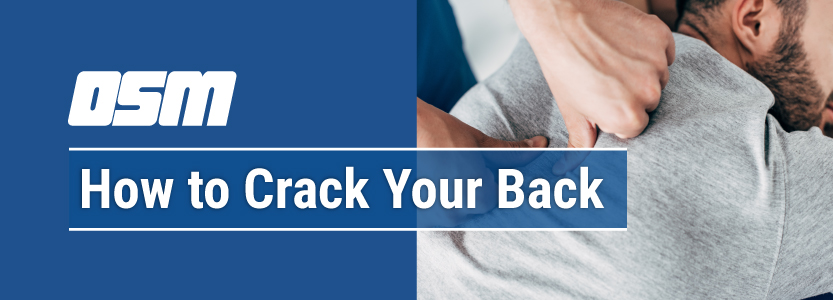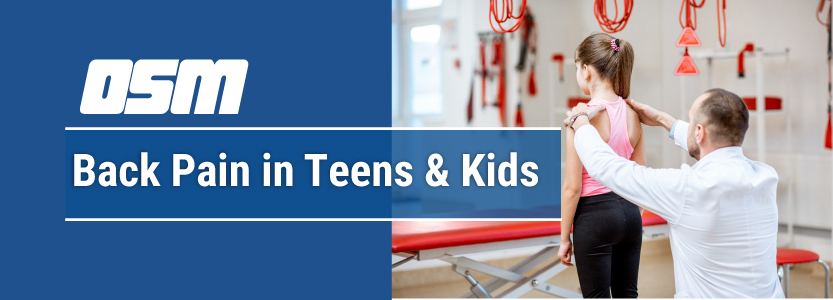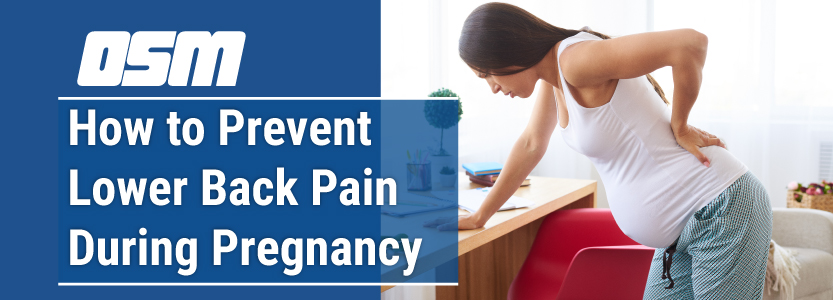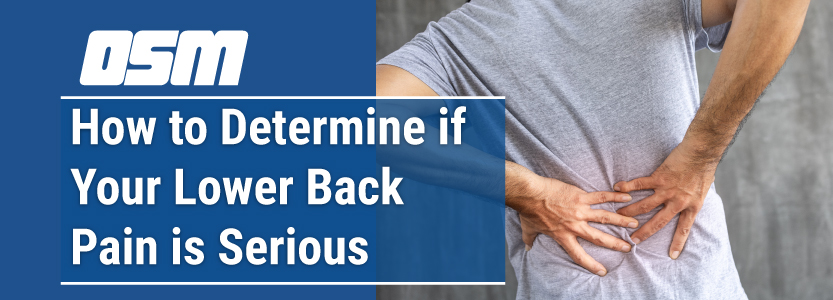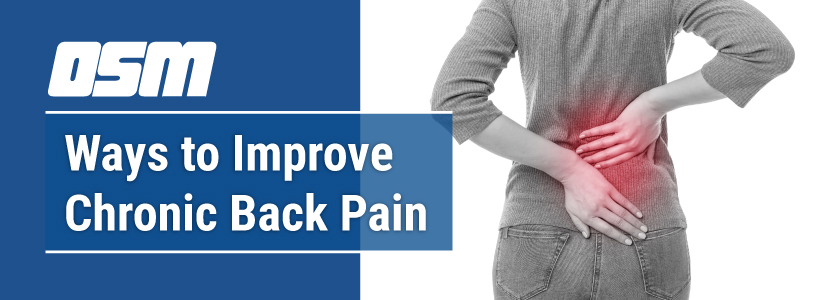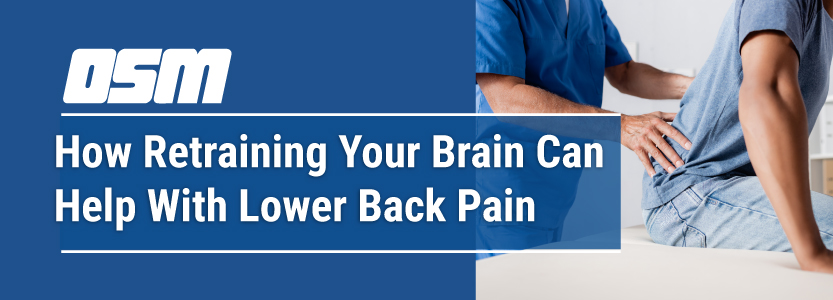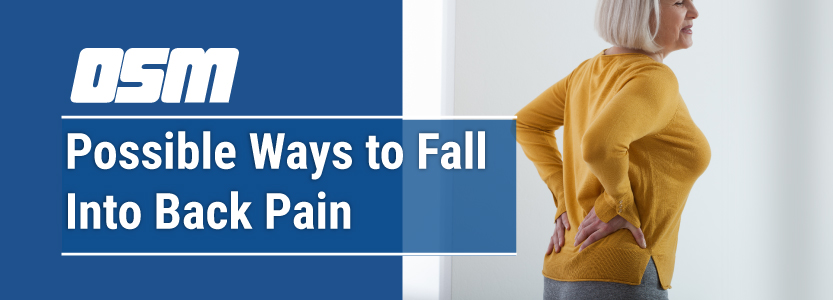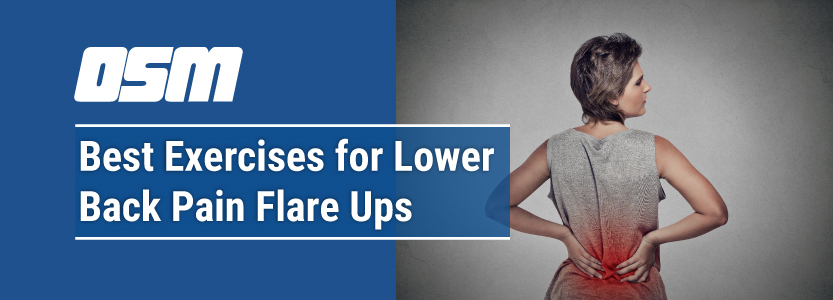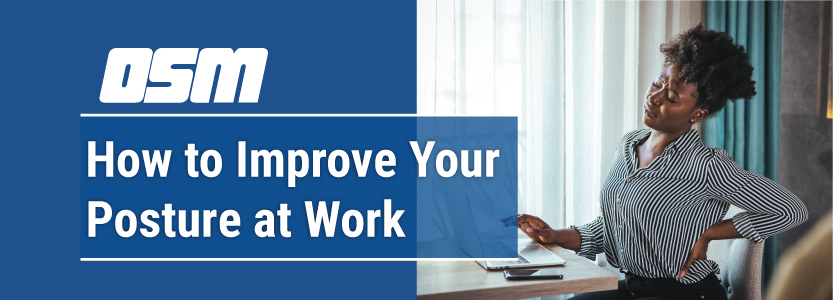Back Pain Treatment in Kids and Teens
Treatment of back pain in children will be dictated by the underlying diagnosis of the cause of the pain. Surgery is considered for patients who do not respond to several weeks of nonsurgical care or those with a medical emergency.
Nonsurgical Treatments
Mainstream treatment options for kids and teens with back pain include rest from aggravating activities, nonsteroidal anti-inflammatory medication, and/or wearing a back brace.
For most conditions, some type of physical therapy or exercise program is usually prescribed, such as:
- Physical therapy. The goal of physical therapy in children emphasizes posture correction and core strengthening. Flexibility of hamstring and hip abductor and flexor muscles are also typically checked and treated for shortness or tightness.
- Yoga. The treatment of chronic, nonspecific back pain through yoga can help improve the back and abdominal muscle functions in kids and teens. Yoga has shown positive outcomes on both physical and psychosocial aspects for children and teens with back pain.
Some patients may benefit from acupuncture and massage therapy for the back, to help improve blood flow and improve healing in the affected tissues.
Nonsurgical care may be needed for several days to weeks depending on the severity of the underlying cause. Resuming physical activity and sports under a doctor’s supervision is advisable.
Psychosocial Intervention
A family history of lower back pain or smoking, or psychosocial stress in the family, may cause lower back pain in children and teens. Children can be stressed due to problems at school or home, and the type of response and support they get from family members and caregivers can play an important role in their perception of pain.
Counseling with a pediatric psychologist could help evaluate the child’s response to back pain. These trained medical professionals ask child-friendly and age-appropriate questions, including “What color would you assign to your back pain?” “If your back pain was an animal, what would it be and why?” “What do you do to lessen the pain?” “What can we do to help your pain?”
Psychosocial stressors typically exacerbate an already-existing back pain from a different cause. Psychosocial intervention is generally considered a supportive and alternative treatment approach for back pain in children and not a primary treatment option.
Surgery
Surgery may be recommended to address certain conditions that cause pain, such as a herniated disc, disc degeneration of the adjacent spinal segment, spondylolisthesis, or a spinal tumor. Surgery may also be considered in cases of spinal deformities, such as scoliosis, Scheuermann’s disease, or ankylosing spondylitis.
For disc and bone problems, lumbosacral fusion is the most common type of surgery performed in children. For kids with spondylolysis without disc degeneration and grade I spondylolisthesis or less, a direct repair of the vertebral defect may be considered. 1
A multidisciplinary approach works best to treat back pain in kids and teens. In this approach, physical, psychosocial, or occupational factors are addressed by a multidisciplinary team, including pediatricians, neurologists, neurosurgeons, and pediatric psychologists.
The Orthopedic & Sports Medicine Center of Oregon is an award-winning, board-certified orthopedic group located in downtown Portland Oregon. We utilize both surgical and nonsurgical means to treat musculoskeletal trauma, spine diseases, foot and ankle conditions, sports injuries, degenerative diseases, infections, tumors and congenital disorders.
Our mission is to return our patients back to pain-free mobility and full strength as quickly and painlessly as possible using both surgical and non-surgical orthopedic procedures.
Our expert physicians provide leading-edge, comprehensive care in the diagnosis and treatment of orthopedic conditions, including total joint replacement and sports medicine. We apply the latest state-of-the-art techniques in order to return our patients to their active lifestyle.
If you’re looking for compassionate, expert orthopedic and podiatric surgeons in Portland Oregon, contact OSM today.
Phone:
Address
1515 NW 18th Ave, 3rd Floor
Portland, OR 97209
Hours
Monday–Friday
8:00am – 4:30pm


